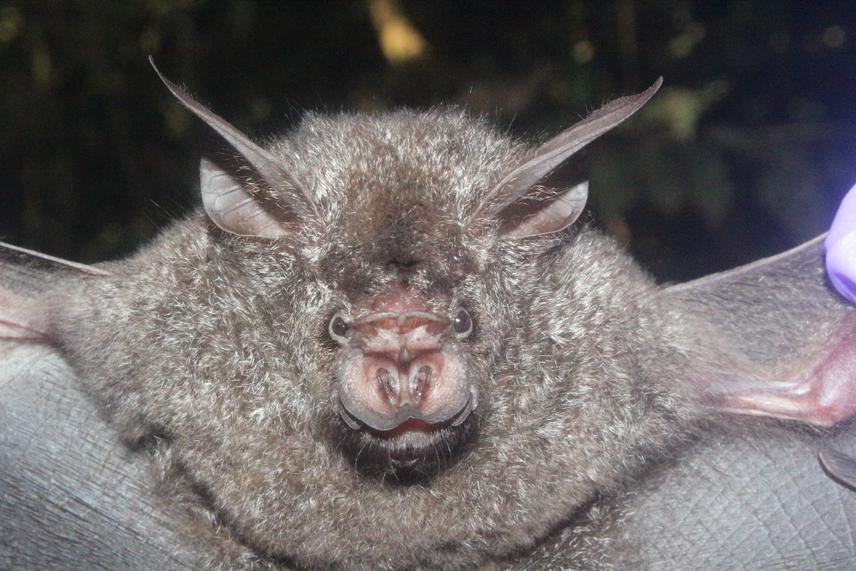Iroro Tanshi
Other projects
19 Jun 2014
Predicting Roost Choice in Cave Dwelling Bats and Preserving Cave Bat Communities by Local Community Conservation Education
Overall, this project seeks to identify appropriate predictors of the relationship between forest interior insectivorous bats and vegetation structure in hitherto unstudied mountainous areas in southeastern Nigeria, while describing the species richness pattern along these elevational gradients and initiating the first conservation project for the Vulnerable H. curtus.

Habitat Suitability (HSMs) and Species Distribution Models (SDMs) are limited by data paucity in habitat association and appropriateness of predictors (Guisan and Thuiller, 2005; Razgour et al., 2016). Forest interior insectivorous bats are sensitive to vegetation structure (Norberg and Rayner, 1987; Bringham et al., 1997; Schnitzler and Kalko 2003), but are underrepresented by current HSMs and SDMs which rely on the spectral component of remotely sensed data to predict habitat associations. Such models lack a quantitative measure of forest quality being unable to distinguish old growth from regenerating and secondary forests, potentially leading to over prediction of bat species occurrence and richness. Thus this project will unravel appropriate predictors of forest interior insectivorous bat habitat.
Mountains have been identified as the last refuges for biodiversity (Korner, 2007) as lowland areas lose critical habitat under increasing global landuse changes. Similarly, Afrotropical mountain ranges have been identified as critical areas for African bat conservation (Fahr and Ebigbo, 2003; Monadjem et al., 2016). Although the bat species richness patterns on some African mountains have been documented (Fahr and Ebigbo, 2003; Curran et al., 2012; Linden et al., 2016; Monadjem et al., 2016), this remains unknown for mountains in the Cameroon/Nigeria mountain range. Moreover, the area sits in the middle of Africa’s largest bat biodiversity hotspot, making it critical for bat conservation.
My preliminary field surveys uncovered the first Nigerian record of Hipposideros curtus in 2016 at Afi Mountain Wildlife Sanctuary, 40 years after it was last reported in the Cameroon (Eisentraut, 1973). The loss of previously known cave roost for the species, and forest fires that spread from slash and burn agriculture practiced by local people jeopardizes its survival. Thus, to mount an effective conservation strategy, I will identify cave roosts for the rare H. curtus and establish additional localities of the species occurrence. In addition, this project will engage local people on the controlled use of farm fires and empower local rangers to conduct local term fire incidence reporting and mount forest fire surveillance during “fire season” – December to April.
This study will advance modelling of forest interior insectivorous bat species, improve understanding of species richness patterns along elevational gradients and launch the first conservation efforts for the range restricted H. curtus.